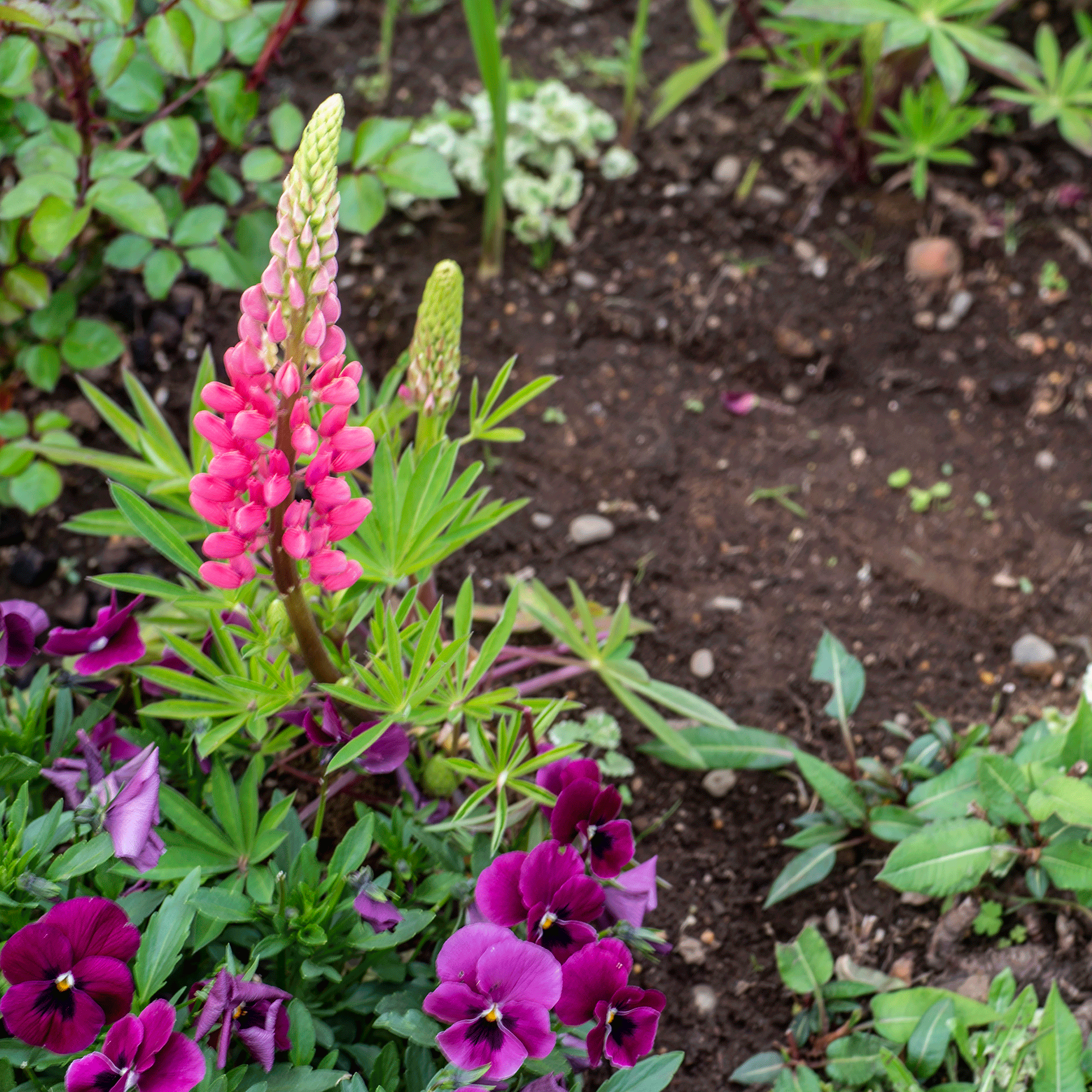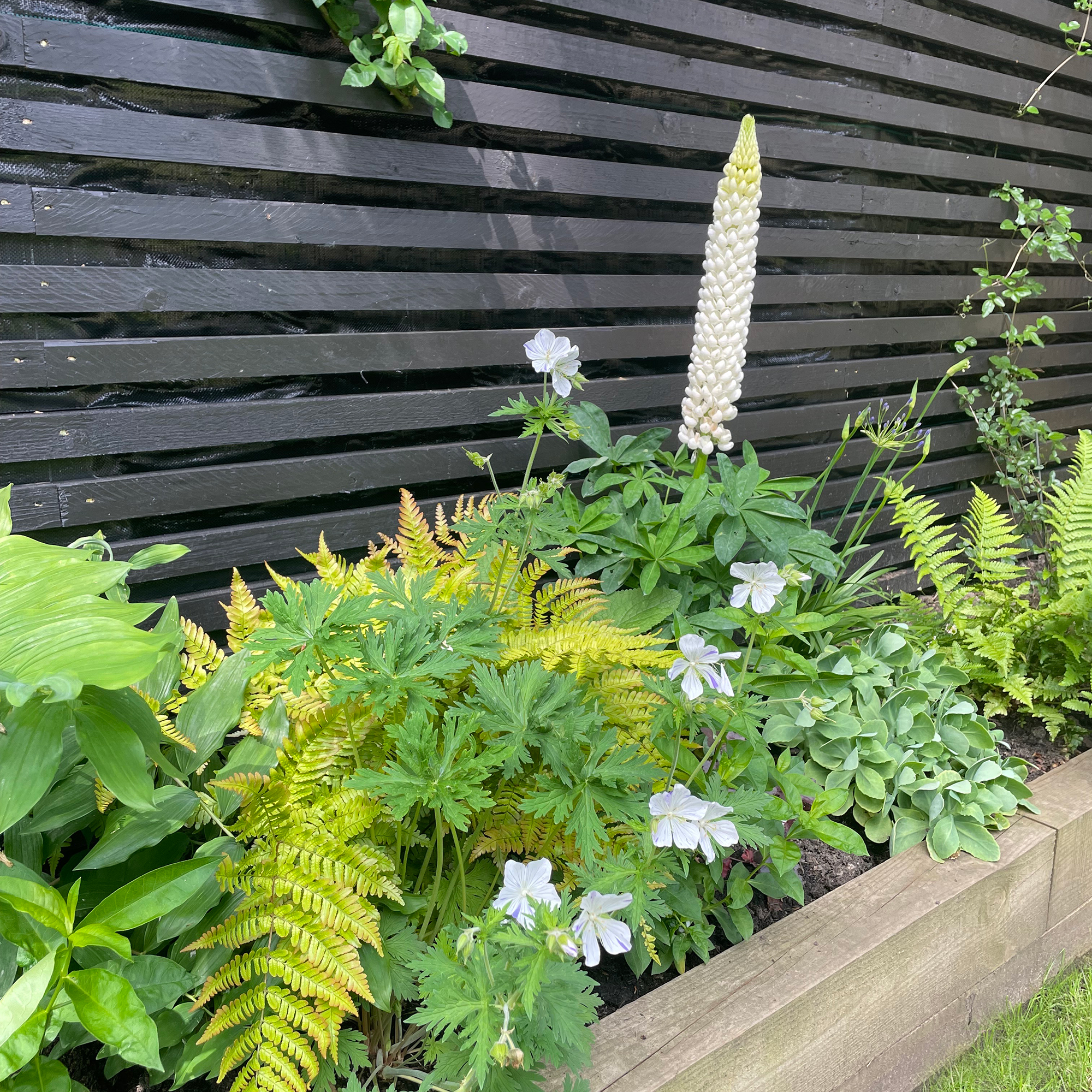
Lupins are one of the most popular garden plants around, but if you want to add them to your garden you will need to know how to prune lupins like a pro to keep them looking their best.
That's right; it's not enough to know how to propagate lupins or when to plant lupin seeds, because these striking plants need more than a little help from us to keep them happy and thriving.
'Pruning is not just about aesthetics – although a well-pruned lupin is a sight to behold!' says Steven Bell, the CEO of Paving Shopper. 'It also helps the plant channel its energy into producing new flowers rather than seeds.'
'This is particularly important because lupins are prolific self-seeders. If you let them go unchecked, you might find your garden overrun with seedlings next season,' he adds.
It's important to learn how to prune lupins if you want them to flower rather than take over your garden, true, but Steven says it's a job with multiple benefits.
'You can prune lupins to remove dead or diseased parts,' he says. 'This isn't just an aesthetic thing; doing so prevents the spread of fungal diseases and pests, keeping your garden healthy as a whole, too.'
What you will need
Unlike many gardening jobs, pruning lupins doesn't require an abundance of tools; just some sharp (and clean) secateurs, a pair of gardening gloves (all parts of lupins are poisonous, so this is a necessity), and a bag for your clippings.
How to prune lupins in springtime
When it comes to pruning lupins you will need a slightly different approach depending on the time of year which we've broken down for you.

It's a good idea to think about pruning your lupins during the springtime months.
'Come spring, it’s time for a garden clean-up. Remove any dead or damaged foliage that didn’t survive the winter,' says Steven.
'This not only makes room for new growth but also prevents the spread of disease. Lupins are hardy, but they benefit from a little TLC as they wake up from their winter dormancy.'
How to prune lupins in the winter
As ever, timing is crucial when it comes to learning how to prune lupins.
'When the growing season ends, usually in late summer or early autumn, you should cut back the stems to just above the base of the plant,' says Steven.,
'This prepares the lupin for winter, helping to protect plants from frost and reduce the risk of fungal infections. Additionally, cutting back helps tidy up the garden, giving it a neat and well-maintained look.'
FAQs
When and how to deadhead lupins?
Wondering when and how to deadhead lupins? The trick is to wait until after the lupin flowers have bloomed and started to fade. 'It's time to deadhead your lupins once the blooms start fading,' says Steven Bell of Paving Shopper.
'This means cutting off the spent flower spikes. Use a sharp pair of garden shears and cut the stem down to the next set of leaves or a new flowering shoot. This process can stimulate the plant to produce a second flush of flowers. It’s a bit like getting a haircut – you trim off the old to encourage the new.'
What to do with lupins when they have finished flowering?
Once your lupins have finished flowering, it's best to either cut them right back or replace them.
'They only have a lifespan of about six years,' says Christopher O'Donoghue of Gardens Revived. 'If they're still young, though, it's best to cut your lupins back down to ground level in the autumn after they've finished flowering... once you've collected the seed, of course!'
And just like that, you know how to prune lupins like a true gardening whizz. Just be sure not to be too zealous with your efforts; part of their appeal is, after all, their rustic cottage garden charm. Good luck...







